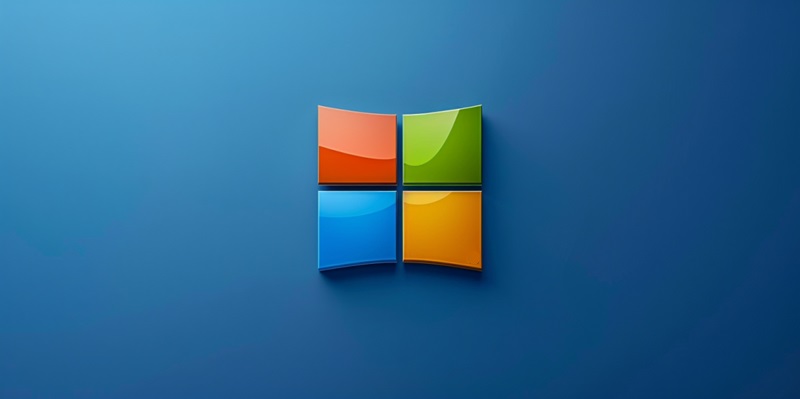In the fast-paced world of technological innovation, AI security takes center stage, especially for leading platforms like Microsoft’s Azure AI Studio. This cloud-based hub is essential for developing cutting-edge generative AI applications. On March 28, Microsoft showcased the latest safety enhancements to Azure AI Studio, demonstrating a deep commitment to not just pushing AI boundaries but securing them as well. These updates include robust measures designed to shield AI systems from emerging threats. These proactive steps by Microsoft emphasize the industry’s need for secure and ethically-grounded AI advancements, ensuring that the revolutionary potential of AI can be realized without compromising security. This development marks a significant milestone in the journey toward safe, responsible AI applications in the cloud.
Comprehensive Defense Strategies
Microsoft has embarked on a quest to equip Azure AI Studio with robust defense mechanisms to safeguard against sophisticated cyber threats. A key innovation in this security surge is the introduction of prompt shields. These purpose-built features are adept at detecting and thwarting both overt and covert prompt injection attacks. By doing so, they ensure that these nefarious attempts do not skew or degrade the AI’s operational performance. The effectiveness of such shields is set to redefine the security landscape within the generative AI sphere.
Another groundbreaking feature is the implementation of groundedness detection tools. These are specifically designed to combat AI ‘hallucinations’—situations where the AI dispenses incorrect or misleading data. Even seemingly trivial missteps can have significant implications in the realm of AI-generated content. By ensuring the veracity of output, these groundedness checks work alongside the prompt shields to maintain the AI model’s fidelity and reliability.
Ensuring Ethical AI Use
Amid the expansion of AI applications, Microsoft is debuting safety system messages within Azure AI Studio. These metaprompts explicitly guide AI models to produce safe and ethical outputs. This feature isn’t simply about implementing technological barriers, it’s about instilling a framework within the AI that inherently gravitates toward generating constructive and dependable content.
Alongside these guiding messages, Microsoft is meticulous in its approach to safeguarding AI conduct through rigorous safety evaluations. By assessing applications for their resistance to jailbreak attempts and analyzing potential content risks, these evaluations fulfill a multifaceted role. They scrutinize not just the model quality but also shine a light on security and content vulnerabilities that could otherwise go unnoticed until exploited. In achieving this, Microsoft places a significant priority on both the integrity and security of AI outputs.

